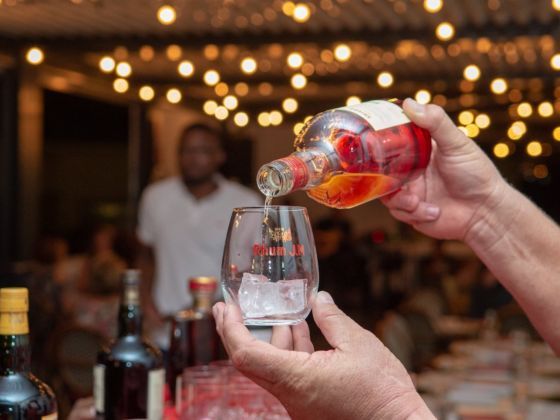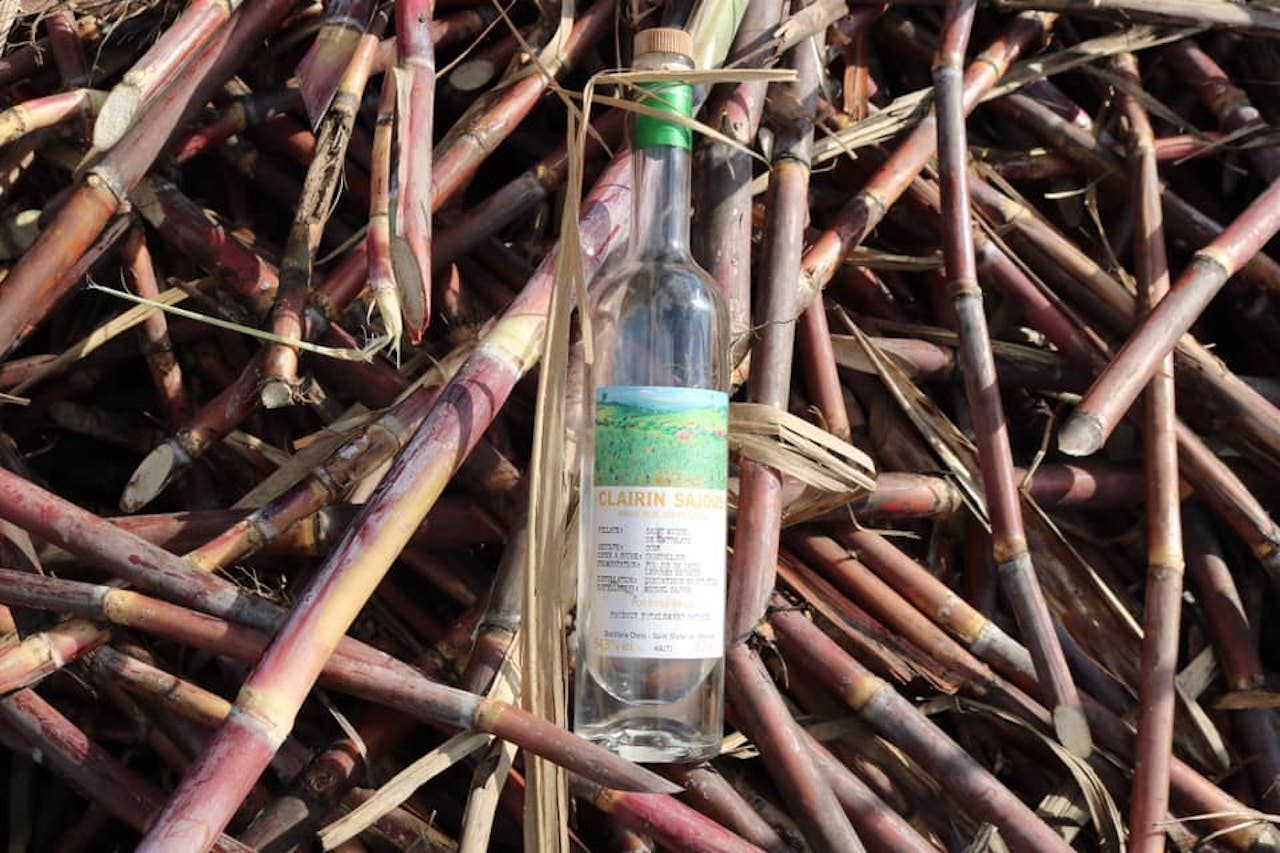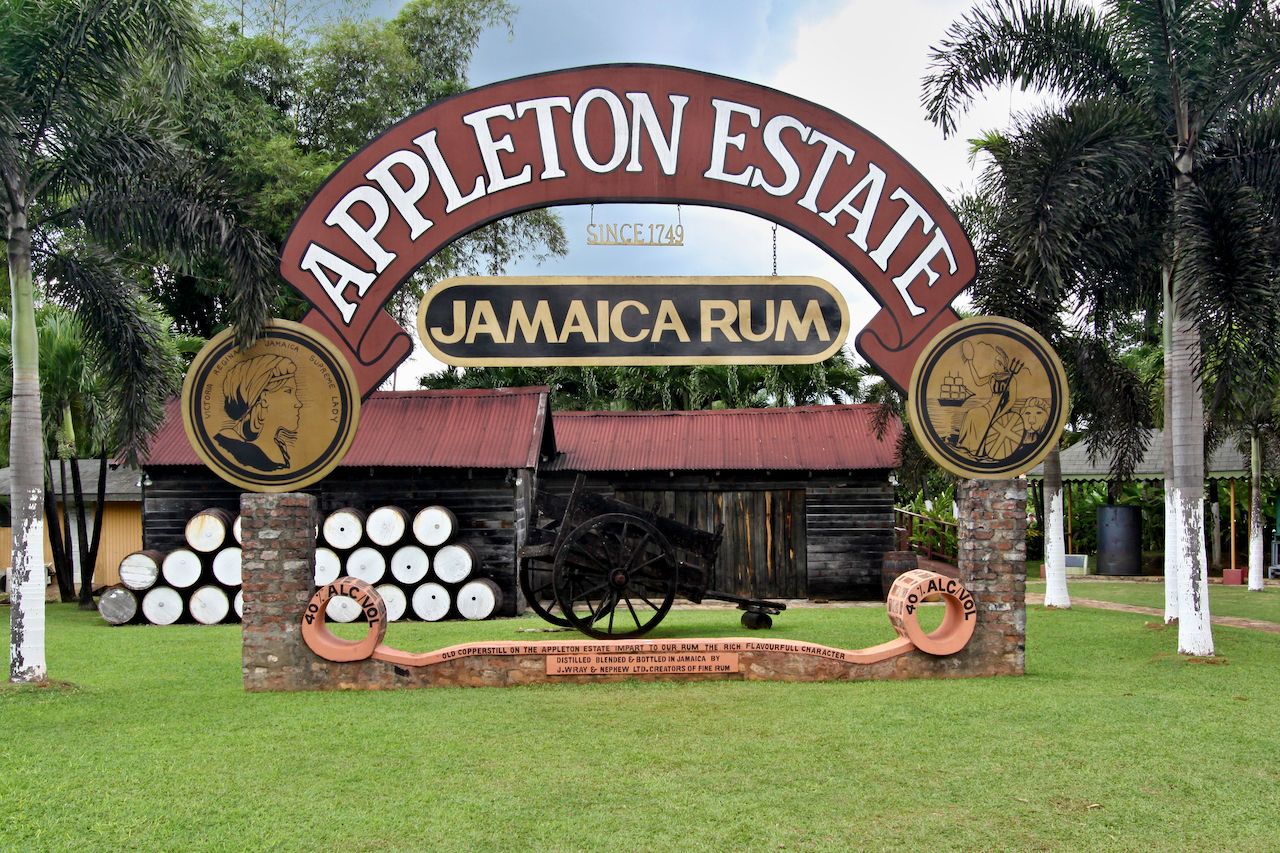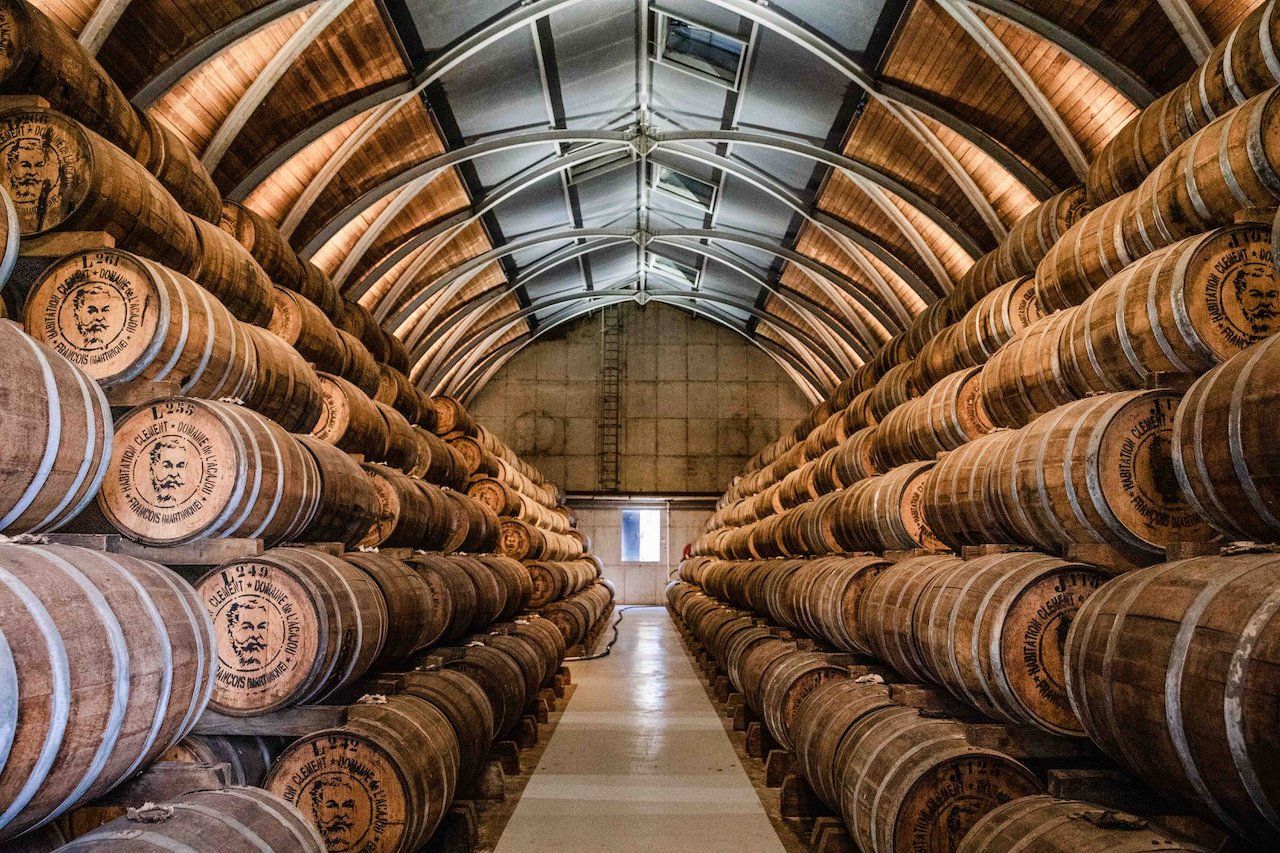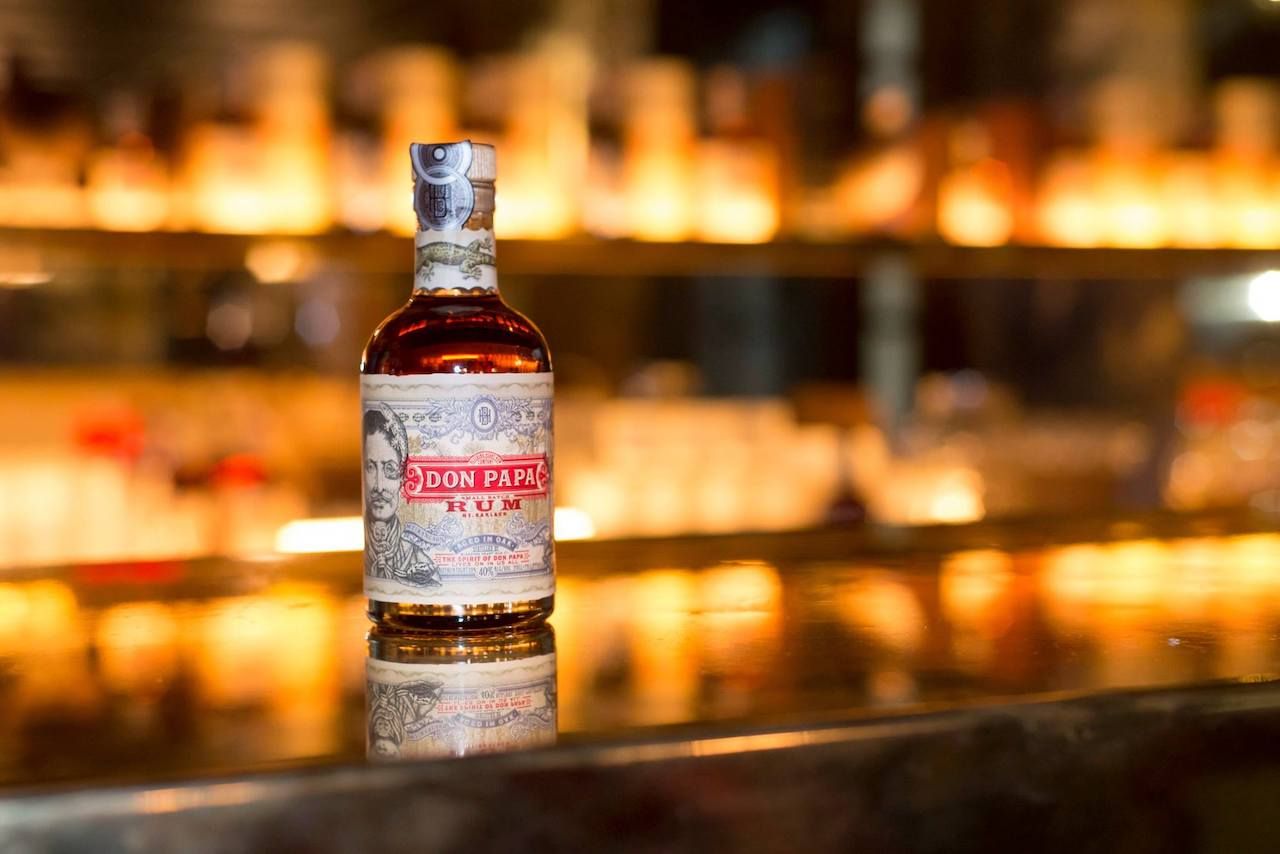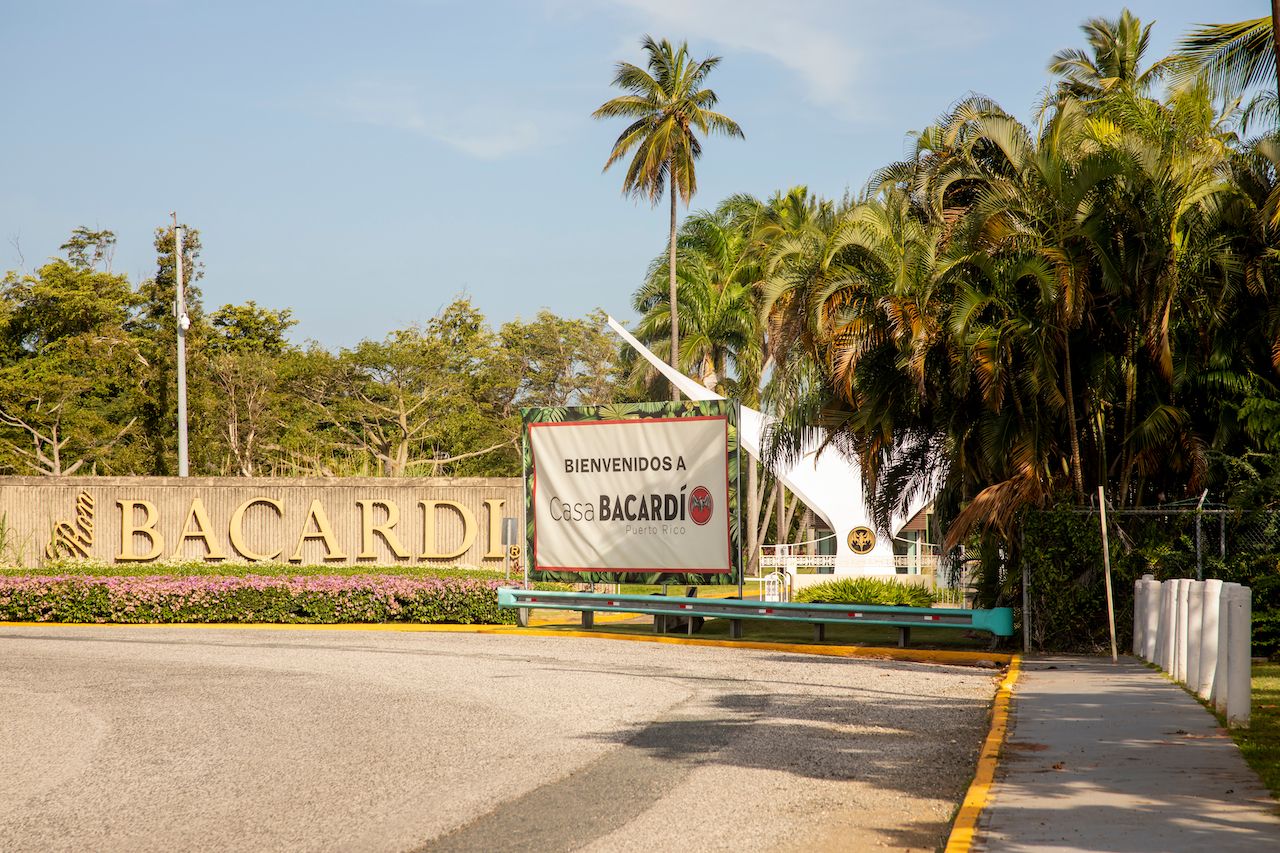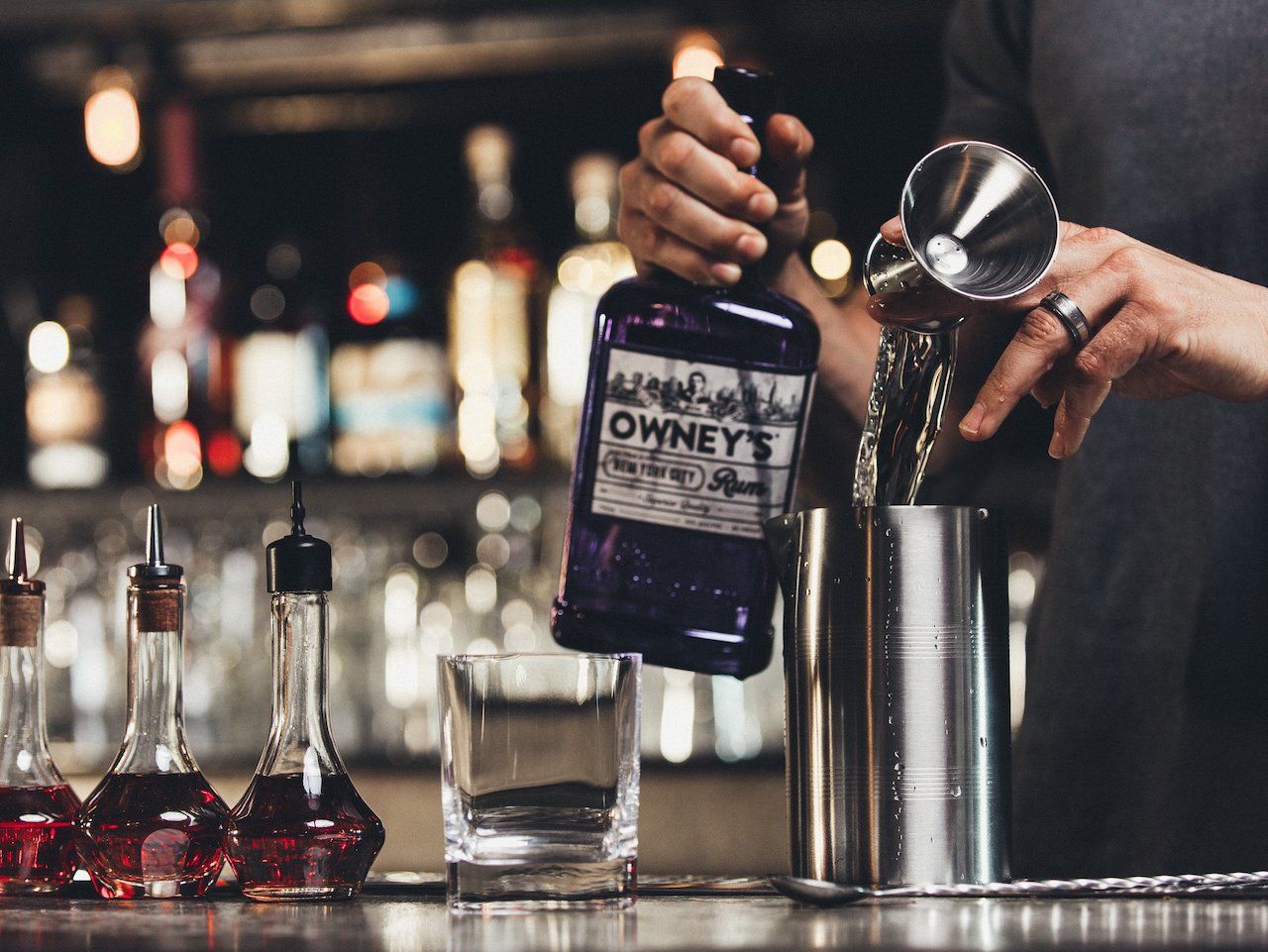Rum can be many things. To some, it’s a clear and nearly tasteless spirit best used in cocktails. To others, it’s deep, intense, and should be sipped and savored, not shot or mixed. Others still think of a liquor that’s spiced, sweetened, or both. When it comes to rum, the styles and flavors are as varied as the many places that make it.
Many of the most famous rums in the world are made in the Caribbean. Sugarcane was introduced to that part of the globe in the late 1400s by Europeans, and it quickly took root. Colonialists started sugar plantations that used forced labor from enslaved people from Africa, and from these sugar plantations came rum.
